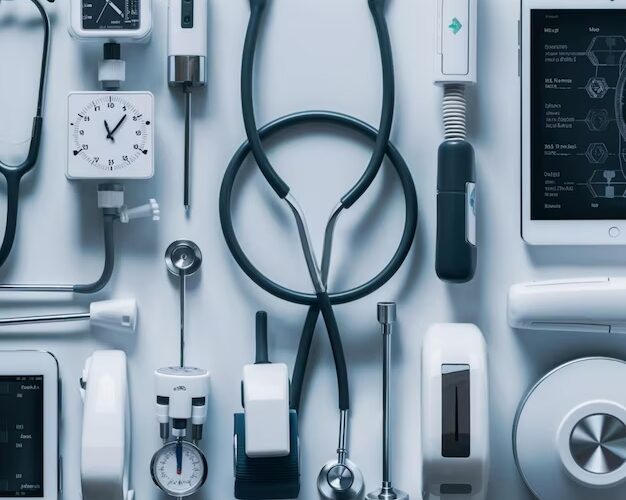In a significant move, the Central Drugs Standard ControlOrganization (CDSCO) has officially joined the Global
Medical Device Regulatory System (GMDN). This integration marks a crucial
step toward enhancing the quality and safety of medical devices in India,
aligning the country with international standards. As the healthcare landscape
continues to evolve, understanding the implications of this development and the
existing nexus among various stakeholders is essential.
The GMDN provides a standardized framework for the
identification and classification of medical devices, enabling regulators and
manufacturers to ensure that products meet stringent safety and efficacy
standards. By joining this global initiative, India aims to streamline its
regulatory processes, enhance transparency, and ultimately safeguard public
health. This alignment is particularly critical as the demand for medical
devices in India surges, driven by an expanding population and a growing middle
class seeking advanced healthcare solutions.
However, the integration into a global system is not without
its challenges. India’s medical device sector has historically faced regulatory
hurdles, including a lack of clarity in guidelines and inconsistent
enforcement. The CDSCO must now navigate these challenges while ensuring that
the local industry can adapt to and comply with international standards. This
transition will require significant investment in training regulatory personnel
and upgrading infrastructure, as well as fostering collaboration between
various stakeholders, including manufacturers, healthcare providers, and
government bodies.
At the heart of this transformation lies the intricate nexus
of stakeholders in India’s medical device industry. This network includes
manufacturers, distributors, healthcare professionals, and regulatory bodies,
each with its interests and influences. Ensuring effective communication and
collaboration among these groups is paramount for the success of the new
regulatory framework. Stakeholders must work together to address potential
roadblocks, such as compliance costs and the need for robust quality assurance
processes.
Moreover, there is a pressing need for increased awareness
and education among healthcare providers and patients regarding the importance
of medical device regulations. As the industry evolves, consumers must be
informed about the safety and efficacy of the devices they use, as well as
their rights in case of adverse events. A well-informed public can drive demand
for better-quality products, pushing manufacturers and regulators to uphold
high standards.
The integration of the CDSCO into the Global Medical Device
Regulatory System also presents opportunities for innovation and growth within
India’s medical device sector. With access to global best practices, Indian
manufacturers can improve their products and expand their reach into
international markets. This not only benefits the manufacturers but also
enhances the availability of high-quality medical devices for Indian patients,
ultimately leading to improved healthcare outcomes.
In conclusion, India’s entry into the Global Medical Device
Regulatory System is a significant milestone that promises to enhance the
safety and efficacy of medical devices in the country. However, to fully
realize the benefits of this integration, stakeholders must address the
existing challenges and work collaboratively to create a robust regulatory
environment. As the industry evolves, the focus must remain on prioritizing
public health and fostering innovation, ensuring that every patient has access
to safe and effective medical devices. The journey ahead will require
dedication, collaboration, and a commitment to excellence from all parties
involved.











